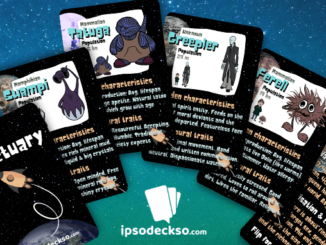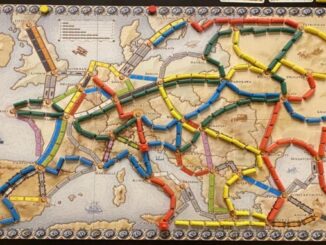
Playfulness is a rather unique phenomenon that when utilised effectively can be a useful resource for enhancing social awareness and community building within workplace environments. According to Johan Huizinga’s ‘Homo Ludens’ “play is older than culture”, implying that the idea of play is an inherent part of animal cultures around the world, long before the rise of human civilization.
Ever since the industrial revolution, ‘work’ has always been separate from ‘play’, as efficiency and rationalisation increased with the times. However, within the turn of the century, the implementation of playful work environments continues to evolve the working practices in modern organisations to encourage the creation of creative and innovative ideas.
Some of the major corporations such as Disney, Google and Apple were not born from sophisticated business plans but rather on the value of playful innovations. Google themselves once encouraged their employees to utilise 20% of their time to explore and play with new ideas.
The ever-changing field of Human-Computer Interaction (HCI) is no stranger to playfulness with concepts such as, ‘computational humour’, ‘ludic design’, ‘ambiguity’ and ‘provocative and curious interactions’. All of these concepts revolve around creating systems that explore unique and playful HCI experiences that are not limited to games or entertainment programs, allowing the user to express themselves in a way that suits their own creative needs.
The major factors that come into determining the effectiveness of a workspace allowing employees to implement playful practises include:
- Space and Place; This is achieved by simply having recreational areas such as meeting and breakrooms or having ample space within currently existing workspaces to allow employees to diversify their workflow with playful activities such as meeting up at a colleague’s desk or utilising a wall or door to display sticky notes or announcements.
- Social Aspects; These can be achieved by allowing playful activities to be carried out by employees within two distinct social interaction patterns: ‘Synchronous’, where employees interact with each other and objects within their surroundings directly, such as meeting for lunch within a canteen. Conversely ‘Asynchronous’ patterns, where employees interact with one another indirectly by means of displaying information such as recent events or announcements on a message board or as a notice on the door of a shared workspace such as the break room.
- Interpersonal Aspects; As the name implies, these aspects are vital for providing structure and opportunities for the playful practises of employees, allowing them to interact with one another both in and out of work. One example of something that can allow interpersonal interactions could be an announcement board that displays things such as recent achievements accomplished by staff members, announcing upcoming events and sharing personal experiences such as marriages or recent births.
- Instrumental Aspects; These aspects are similar to interpersonal aspects except they are more focused on injecting playful means of carrying out work-related activities, such as time-management, appointment making, networking and making official announcements. Examples of this could include utilising sticky notes to display temporary absences on an employee’s office door or having a creative member of staff create a more visually pleasing poster outlining work activities on a notice board.
Most of the aforementioned aspects of playfulness can be fulfilled by modern organisations in a multitude of ways that don’t have to break the bank. Only asking that the employers give their staff the opportunity to break the mould of the conventional workspace in a way that allows their creativity and playfulness to strive in ways that enhance their work for both them and their colleagues.
Main reference https://www.researchgate.net/publication/220956245_Organizational_probes_Exploring_playful_interactions_in_work_environment
- Observing how games teach players to think and plan ahead - 12th March 2021
- Learning about systems using games. - 15th January 2021
- Focus on… Wargaming and Wargames - 8th November 2020





Really like the list of factors, it will make a useful check list when considering employee experience of any kind, Which I’m currently doing